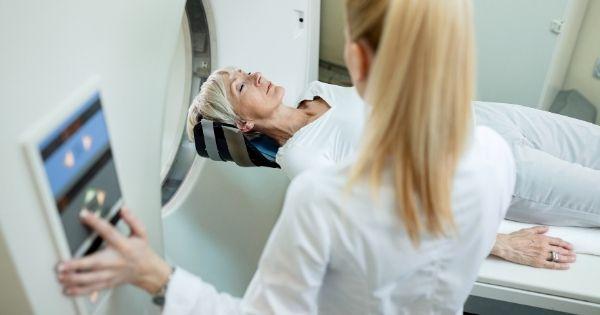
In general, radioactive substances are thought of as bad for our health. In some cases, radioactivity can lead to severe health effects. While this is true in excess, there are many instances in which radioactivity can benefit our health. In the medical field, radioisotopes are valuable assets to diagnostic and therapeutic needs. Let’s take a more in-depth look at the uses of radioisotopes in medicine.
Diagnostic Uses of Radioisotopes
Radioisotopes are an essential part of medical diagnostic procedures. In combination with imaging devices, medical professionals can study the dynamic processes taking place in various parts of the body. Standard medical techniques such as SPECT, MRI, and PET are possible due to the use of radioisotopes. With these diagnostic methods, patients are given a substance containing radiolabeled compounds. The diagnostic machinery then traces the gamma rays that the radioactive tracers produce and develops an image from the emitted radiation. Medical professionals use the image to determine abnormal conditions and diagnose medical concerns.
Therapeutic Uses of Radioisotopes
Another important aspect of using radioisotopes in medicine is found in their treatment of medical conditions. Though there aren’t as many therapeutic radioisotope uses, they are just as important as the diagnostic uses. Therapeutic applications typically intend to destroy a particular group of cells, such as cancer or other abnormal tissue growth. To do so, radioactive isotopes are introduced to the body. Harmful cells then absorb the radioactive substance, which breaks up and kills the unwanted cells. A few of the most common conditions treated with radioisotopes include thyroid cancer, hyperthyroidism, and non-Hodgkin’s lymphoma.
Radioisotopes have a vast number of uses across many industries, one of the most vital being the use of radioisotopes in the medical field. While radioisotope use extends far beyond the topics discussed above, diagnostic and therapeutic usage are some of the most prominent means for radioisotopes in the medical field today.
